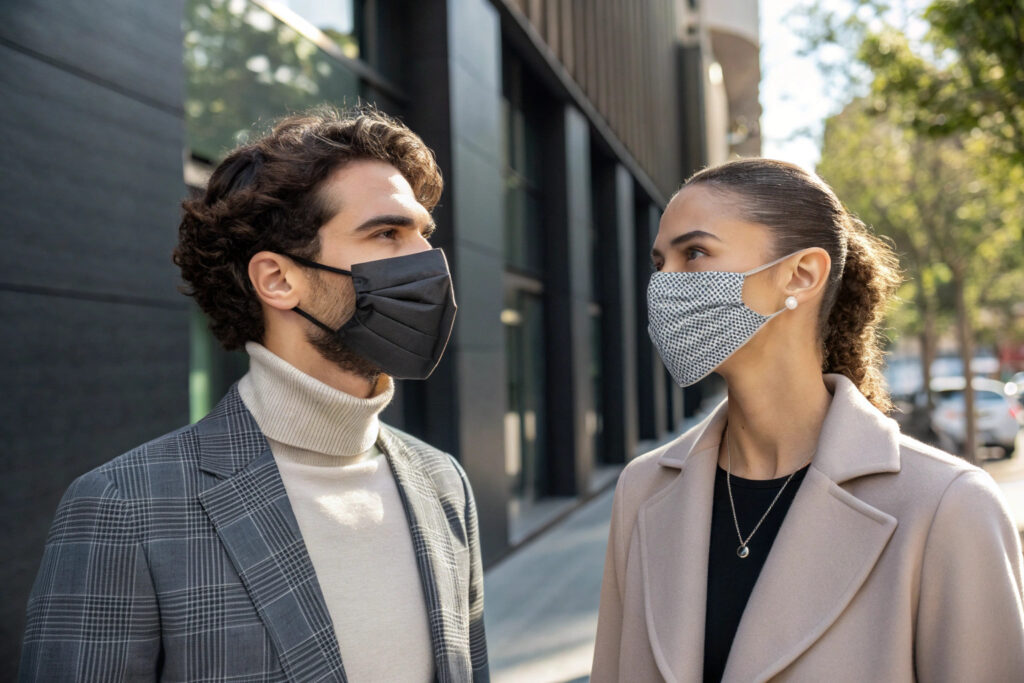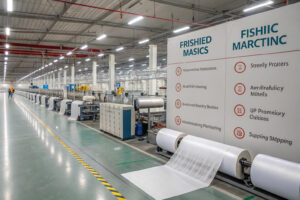When sourcing wholesale fabric masks, many buyers face a dilemma: should they choose molded 3D styles or stick to traditional pleated designs? Both options have a place in the market, but each caters to different needs. This decision affects not only wearer comfort but also retail appeal and production efficiency. As a supplier, I’ve guided many buyers through this choice — and the differences are more significant than they first appear.
Molded 3D fabric masks offer structured fit and modern appeal, while pleated styles deliver versatility and cost efficiency. Your final choice depends on your target market’s preferences, pricing strategy, and brand positioning.
I’ve spent over a decade in Keqiao’s textile hub helping global brands decide between these two. Let’s break down the advantages, using real manufacturing insights to help you make the right call.
Breathability and Comfort in Everyday Use
Molded 3D masks are engineered for ergonomic fit, meaning they curve naturally along the contours of the face. This creates an air pocket in front of the mouth and nose, making breathing feel easier compared to pleated masks that often sit closer to the skin. For long hours of wear — whether in an office or during a commute — this difference is instantly noticeable.
Pleated masks, while adjustable through folding, can compress against the lips when speaking, which some wearers find restrictive. That said, pleated designs are lightweight and often cheaper, making them a preferred choice for bulk procurement where cost control is a priority.
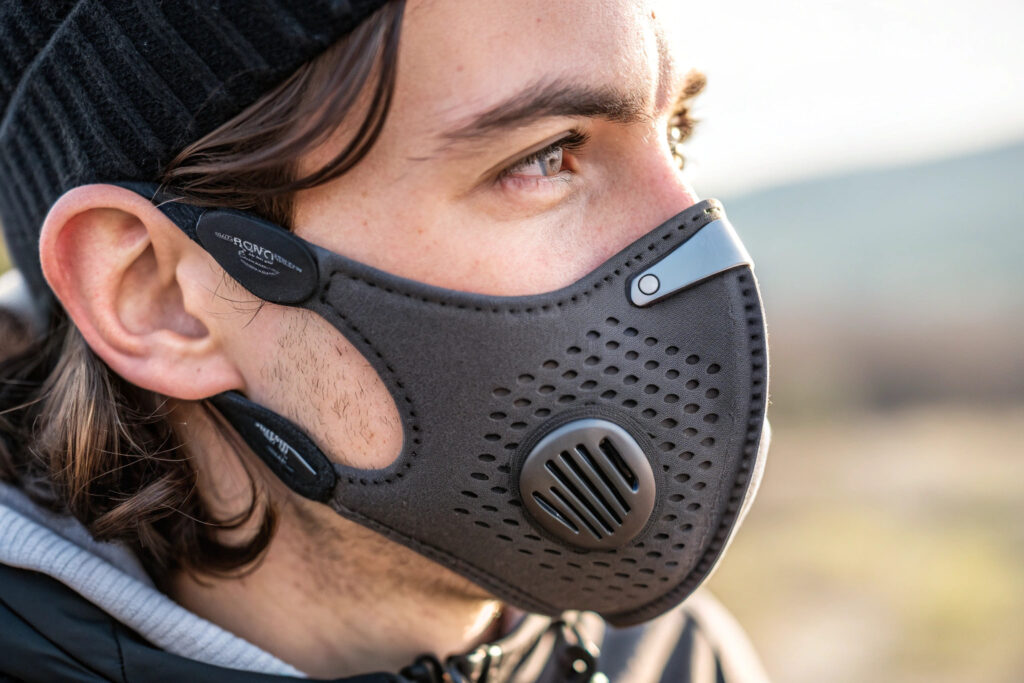
How Does the 3D Shape Improve Air Circulation?
The arched design of 3D masks allows more internal air volume, reducing heat buildup. Combined with breathable fabrics like cotton-poly blends or advanced moisture-wicking textiles, this structure enhances wearer comfort, especially in humid climates.
Can Pleated Styles Still Offer All-Day Comfort?
Yes, especially when made with lightweight, non-woven fabrics or softer inner linings. Some buyers choose pleated masks with a nose bridge insert to improve sealing and reduce fogging for glasses wearers.
Durability and Structural Integrity
Durability is one area where molded 3D masks shine. Their pre-formed panels, often supported by precision stitching or heat-molding, retain shape through multiple washes. This not only extends product lifespan but also maintains brand consistency across batches.
Pleated masks, though easier to fold and store, can lose crispness over time. Frequent laundering may cause pleats to flatten, reducing perceived quality for returning customers.
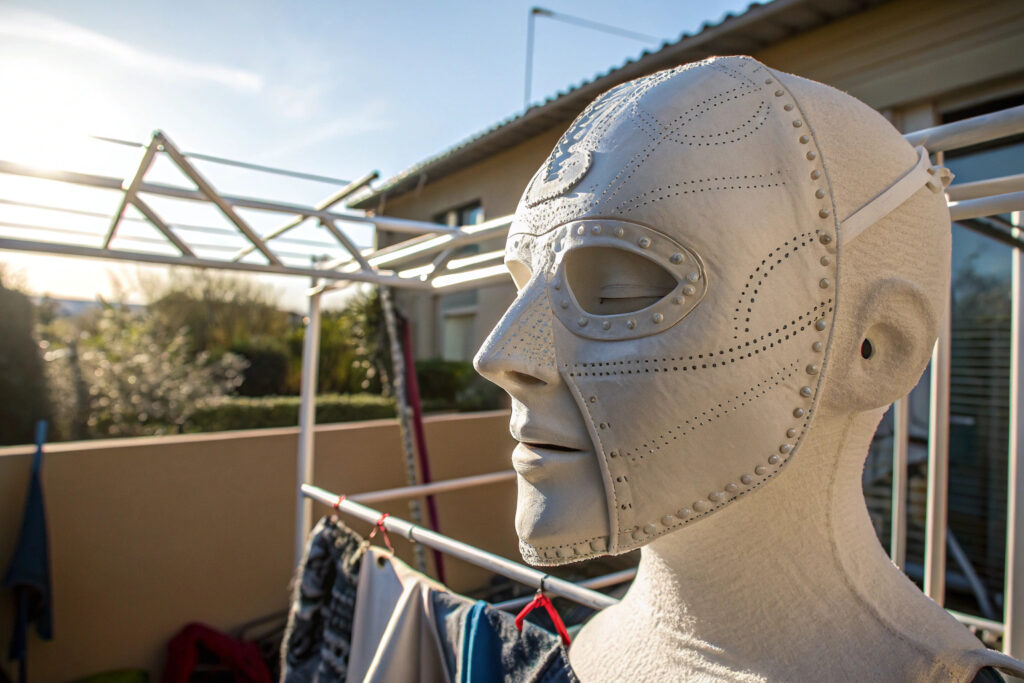
How Does Wash Resistance Affect Retail Value?
Products that maintain original shape fetch higher repeat orders. For premium retail lines, a shape-retentive mask communicates quality, even after extended use.
Can Pleated Masks Be Reinforced for Longevity?
Yes, by using polyester-rich fabrics or reinforced edge stitching. However, this adds cost and may reduce softness, which is a trade-off for budget-sensitive orders.
Customization and Branding Opportunities
For buyers targeting fashion-conscious markets, molded 3D masks offer a larger, uninterrupted front panel for printing logos or patterns. This creates striking visual impact and helps brands stand out in crowded shelves or e-commerce listings.
Pleated masks, by contrast, display patterns in segmented folds. While this can add texture, intricate designs may be less visible when pleats are compressed.
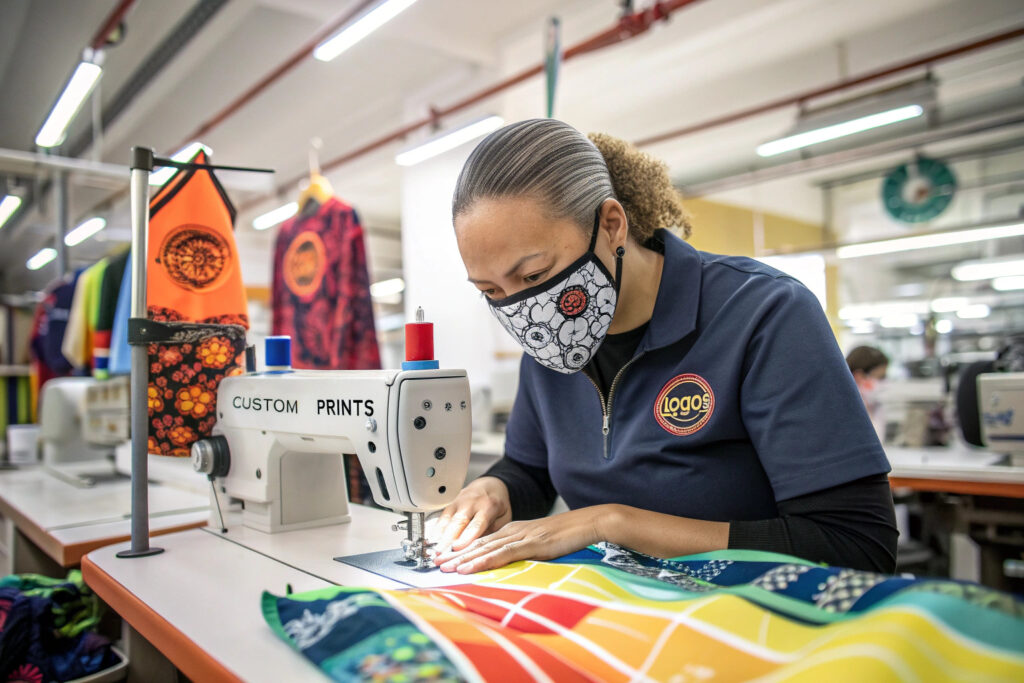
Which Style Offers More Branding Space?
The 3D mask’s flat front panel allows for larger logos, complex artwork, and gradient effects. This makes them ideal for limited-edition runs or designer collaborations.
Can Pleated Masks Still Support Unique Designs?
Absolutely. Screen printing or small-scale embroidery can still create appealing effects, especially for minimalist branding. Pleats can even be used creatively to hide or reveal certain design elements.
Cost Efficiency and Supply Chain Considerations
Cost is often the deciding factor for wholesale orders. Molded 3D masks require more complex manufacturing steps, such as pattern cutting, shaping, and sometimes heat molding. This increases labor and setup time, leading to higher unit prices.
Pleated masks can be mass-produced on simpler machines, often at a rate two to three times faster than 3D masks. This efficiency makes them ideal for large-scale tenders or situations where delivery speed is critical.
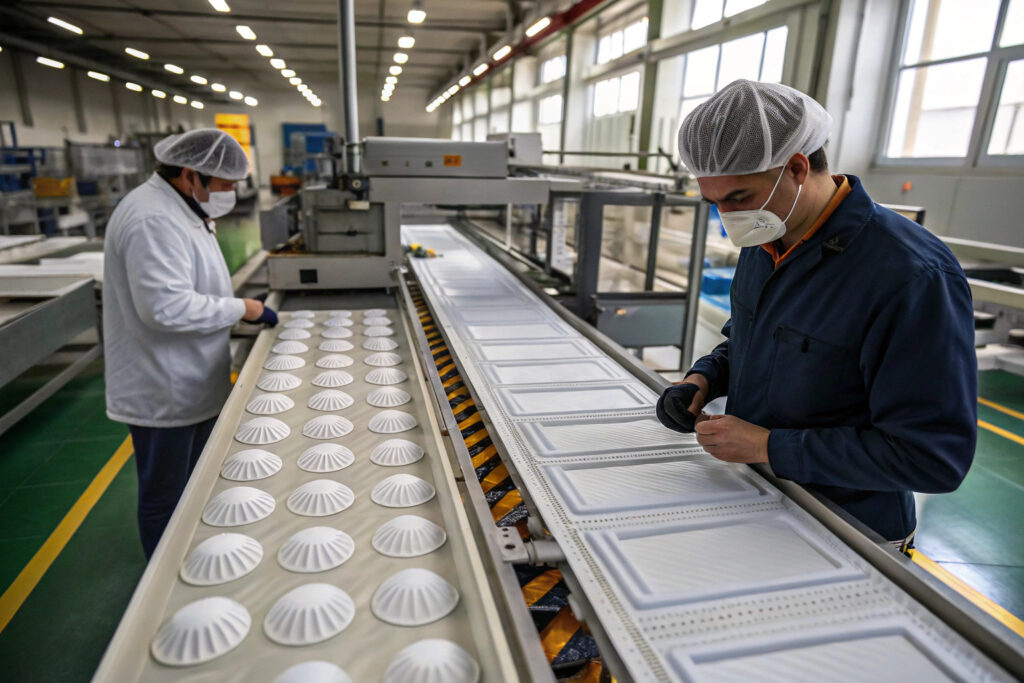
Which Style Works Best for Large, Fast Orders?
If your priority is speed and cost control, pleated masks win. Their production can scale quickly without specialized equipment.
Are There Ways to Reduce 3D Mask Production Costs?
Yes, by consolidating fabric sourcing and using local suppliers for shaping components. Optimizing cutting layouts can also reduce fabric waste.
Conclusion
Choosing between molded 3D and pleated fabric masks depends on your target customer’s needs, budget, and brand positioning. 3D masks excel in comfort, durability, and branding potential, while pleated masks offer unmatched production speed and cost efficiency.
If you want to produce your own custom fabric masks with reliable quality, fast turnaround, and full design support, contact our Business Director Elaine at elaine@fumaoclothing.com to discuss your order with Shanghai Fumao today.

